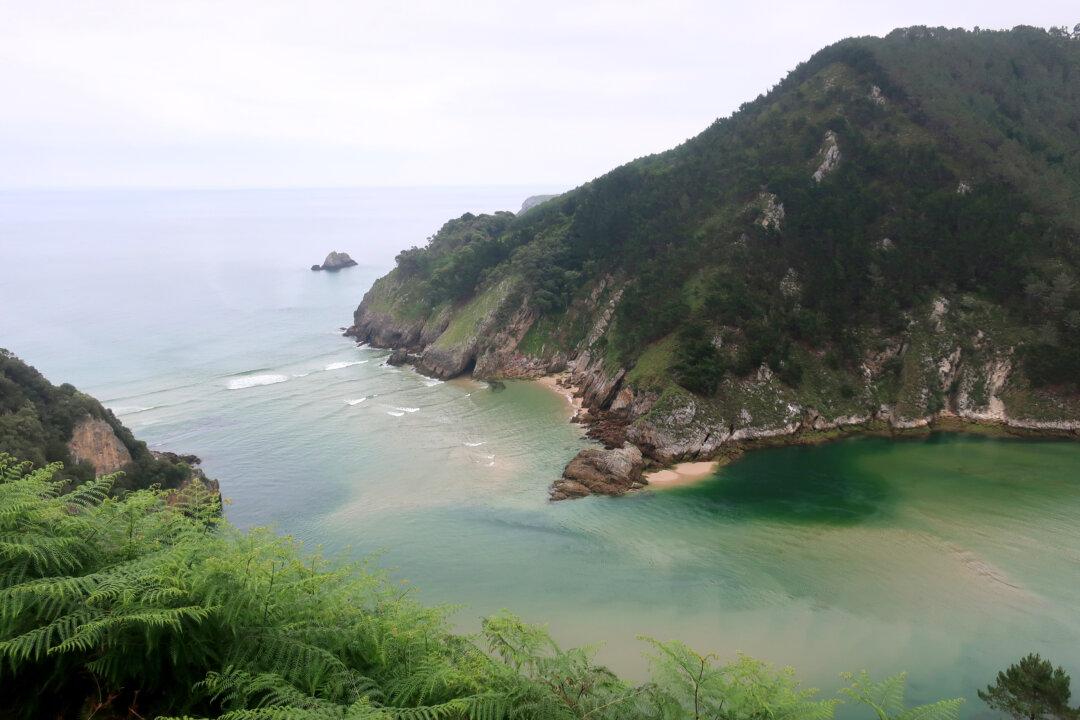In the port city of Santander, the capital of Cantabria, I sat among locals at the counter of Chocolatería Áliva, dipping fresh churros into thick, pudding-like hot chocolate. When I asked about an old photo of the city on the wall, the waitress called to the manager, the designated storyteller. What looked like fresh snow on an empty patch where this building was in the heart of town was actually a coat of ashes from a devastating fire in 1941.
“They finally got through the [Spanish] civil war in 1939, and were just starting to pull themselves up—” Here he gestured, pulling his ears up. “—and this comes along and smacks them down. That’s some bad luck.”





